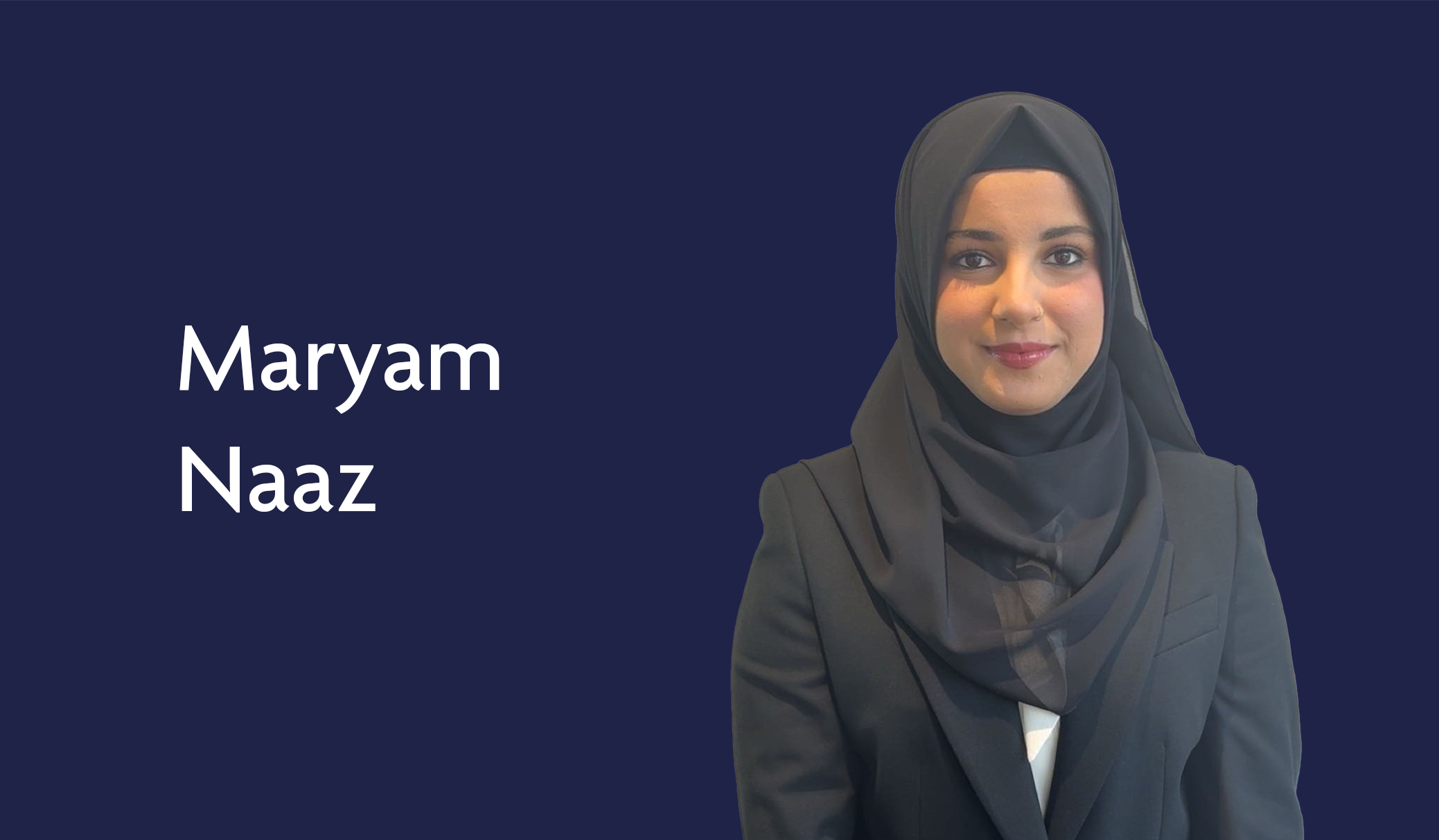Scope of Duty of Care: Khan v Meadows

Written by Leila Benyounes.
On 18th June 2021, the Supreme Court handed down its long-awaited judgment of Khan (Respondent) v Meadows (Appellant) [2021] UKSC 21.
Seven justices unanimously dismissed the appeal holding that the general principles limiting the recovery of damages in negligence claims, apply equally to clinical negligence.
In this wrongful birth claim, the question was whether a mother could recover the costs in bringing up a child born with two disabilities who would not have been born had it not been for the failure of a GP to advise of the risk of being born with one of those disabilities.
The Facts
Prior to becoming pregnant with her son, Adejuwon, Ms Meadows had concerns that she may be the carrier of the haemophilia gene and saw her GP, Dr Khan, who arranged investigations. Blood tests carried out were limited to determining whether Ms Meadows had haemophilia and not whether she was a carrier of the gene with a risk of passing this onto any future children. Ms Meadows did not have haemophilia and Ms Meadows was led to believe from Dr Khan that any child she had would not have haemophilia.
The appeal proceeded on the basis that: had Ms Meadows been made aware that she was a carrier of the haemophilia gene, she would have undergone fetal testing during pregnancy. This would have revealed that her baby had haemophilia and she would have terminated the pregnancy. No fetal testing took place during the pregnancy and Adejuwon was born with haemophilia and autism.
Dr Khan admitted liability to compensate Ms Meadows for the costs associated with Adejuwon’s haemophilia but contended that the additional costs associated with autism fell outside the scope of the duty owed and were therefore not recoverable.
First Instance
At first instance, [2017] EWHC 2990 QB Yip J considered legal submissions based on an agreed background. The Claimant succeeded. In applying the “but for” test, Yip J found that Ms Meadows was entitled to damages in respect of bringing up Adejuwon due to his haemophilia and the additional costs in relation to his autism, albeit that it was an unrelated condition.
Court of Appeal
On appeal to the Court of Appeal [2019] EWCA Civ 152 the Defendant challenged Yip J’s decision that she was responsible for Adejuwon’s autism as well as the haemophilia. Nicola Davies LJ gave the leading judgment and held that determination of the SAAMCO “scope of duty” test was relevant and determinative of the issues in the case. It was held that Dr Khan had no duty to prevent Adejuwon’s birth and concluded that “in the context of this case the development of autism was a coincidental injury and not one within the scope of the appellant’s duty”.
Supreme Court
Ms Meadows sought to uphold the reasoning of Yip J and argued that the “SAAMCO approach” was not suited to cases of clinical negligence in which there was an imbalance of knowledge and power between the clinician and the patient.
In a joint judgment, Lord Hodge and Lord Sales devised a series of 6 questions as a model to determine the scope of duty principle in the tort of negligence [para 28]
- Is the harm (loss, injury and damage) which is the subject matter of the claim actionable in negligence? (the actionability question)
- What are the risks of harm to the claimant against which the law imposes on the defendant a duty to take care? (the scope of duty question);
- Did the defendant breach his or her duty by his or her act or omission? (the breach question):
- Is the loss for which the claimant seeks damages the consequence of the defendant’s act or omission? (the factual question);
- Is there a sufficient nexus between a particular element of the harm for which the claimant seeks damages and the subject matter of the defendant’s duty of care as analysed at stage 2 above? (the duty nexus question);
- Is a particular element of the harm for which the claimant seeks damages irrecoverable because it is too remote, or because there is a different effective cause (including novus actus interveniens) in relation to it or because the claimant has mitigated his or her loss or has failed to avoid loss which he or she could reasonably have been expected to avoid? (the legal responsibility question)
It was the application of facts to the fifth question which pointed to a straightforward answer: “the law did not impose on Dr Khan any duty in relation to unrelated risks which might arise in any pregnancy. It follows that Dr Khan is liable only for the costs associated with the care of Adejuwon insofar as they are caused by his haemophilia”[para 68].
Although Lord Burrows considered the model of 6 questions to be a “novel approach” he agreed that the “autism losses were outside the scope of the scope of the defendant’s duty of care and are therefore irrecoverable by reason of SAAMCO” [para 77].
Comment
The case is an important reminder that the application of the “but for” test is only a precondition to legal causation, it is not the entirety of the test. A claimant must also establish that the harm caused was within the scope of the defendant’s duty of care. In Khan the Defendant had not undertaken responsibility for the pregnancy as a whole, but only in relation to the particular risk of haemophilia. Accordingly, the Defendant was not liable for the (unrelated) risk of autism, even though that risk was foreseeable and would have been avoided in the absence of negligence.
Leila is a barrister at Parklane Plowden Chambers and a specialist in the field of Clinical Negligence. She is ranked as a leading junior in Legal 500 for Clinical Negligence. Leila’s full profile can be accessed here.










